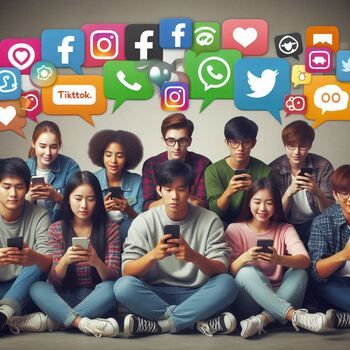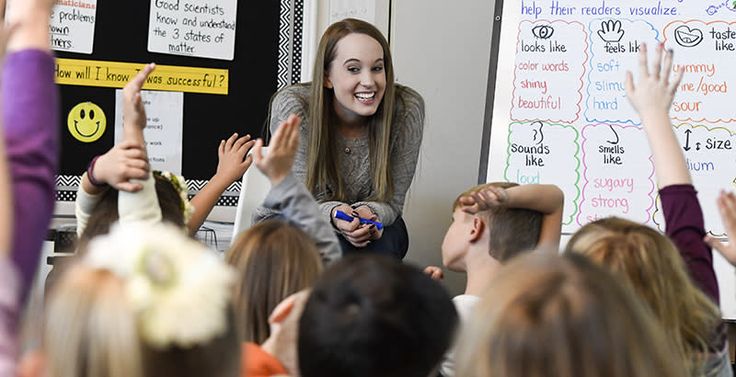 Introduction
Introduction
Social media is a huge part of our daily lives, especially for students and teachers in the USA. Social platforms are changing how we learn and teach. We share videos and join study groups online. In this article, we will take a close look at the impact of social media on education: pros and cons. Students, parents, and teachers need to pay attention to changes. This will help them make better choices in the digital classroom.
Social media makes learning more engaging.
One big advantage of social media in education is that it makes learning fun and interactive. Platforms like YouTube, Instagram, and TikTok provide short videos and tips. These resources help students grasp difficult subjects. Teachers also use these platforms to post lessons or share extra resources. These tools can aid learning, but they might also distract students. If students begin browsing unrelated content, it can pull their focus away.
Better Communication Between Students and Teachers
One more benefit of social media’s impact on education is better communication. Social media allows students to reach out to teachers or classmates for help right away.
Apps like WhatsApp and Facebook groups make it easy to communicate.
-
Ask questions
-
Share files
-
Study together online.
Too much reliance on digital chats can harm face-to-face communication skills.
Encourages collaboration and creativity.
Social media can boost creativity in education. Students can team up on projects with tools like Google Docs. They can also share their ideas through digital presentations. Some teachers even create class Instagram or YouTube pages to showcase student work. When we talk about the impact of social media on education, we see how it promotes teamwork. If students use social media more for fun than for learning, it can hurt their grades.
Distractions can harm focus and grades.
While social media has its advantages, it’s also one of the biggest sources of distraction. Students often check notifications or switch apps a lot. This makes it hard for them to focus on schoolwork. This is a major downside in the impact of social media on education: pros and cons. Many teachers set clear rules for phone use during lessons. This helps students stay focused.
Cyberbullying and online safety risks.
As more learning moves online, so do some serious risks. One of the major cons of the impact of social media on education is cyberbullying. Students might receive hurtful comments or bullying online from peers. This can cause stress, anxiety, or depression. Privacy is another concern. Posting too much online can cause problems later. This is true for students who share personal details without knowing the risks.
Access to Global Knowledge and Opportunities
On the positive side, social media gives students access to a world of knowledge. They can watch educational videos. They can follow global experts. They can also join online courses from other countries. This is a huge advantage when looking at the impact of social media on education: pros and cons. It opens doors for learning beyond the classroom. Not all students have the same access to the internet or devices. This creates a digital gap between learners.
Conclusion
In summary, social media’s impact on education has both pros and cons. It can help or hurt, depending on how people use it. It offers fun ways to learn, better communication, and global opportunities. But it also brings distractions, safety concerns, and mental health risks. The key is to use social media in a responsible manner. When students and teachers find balance, they can use digital tools well. This way, they create a smarter and safer learning experience for all.



0cyudh